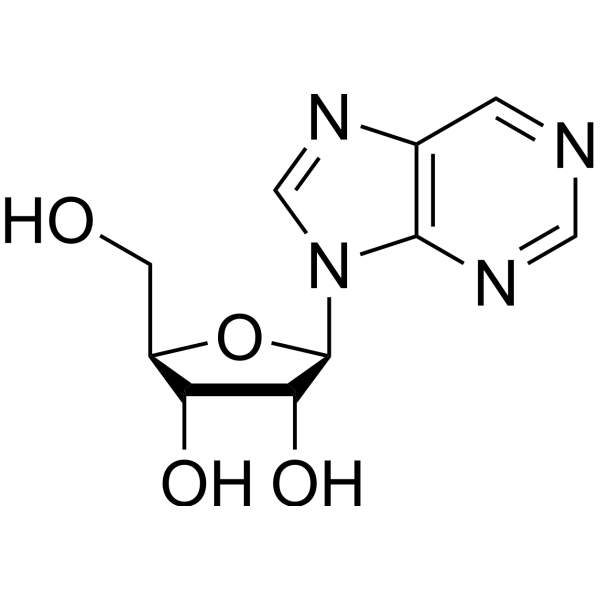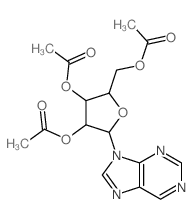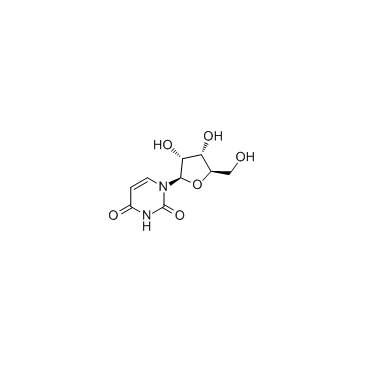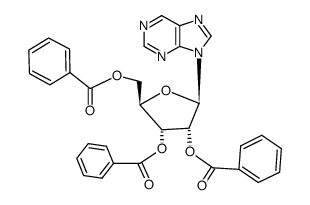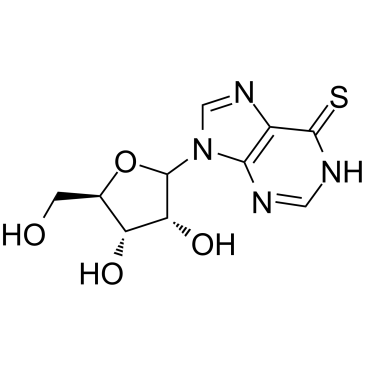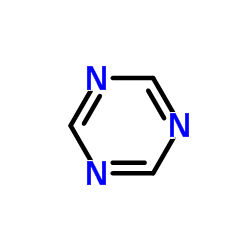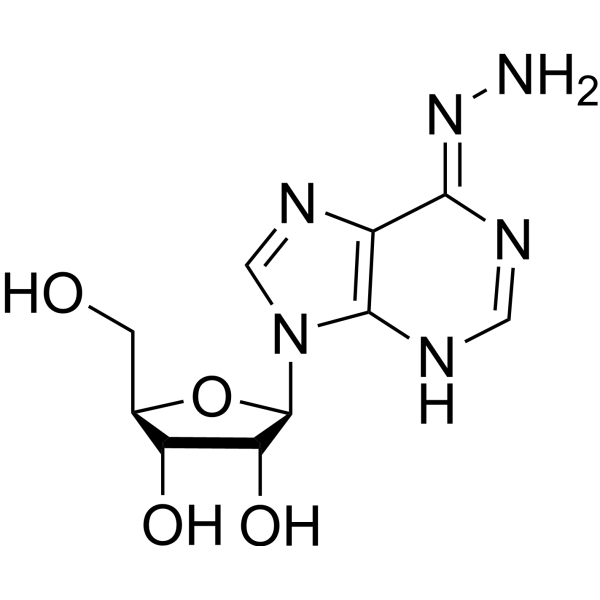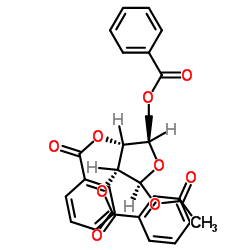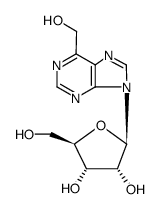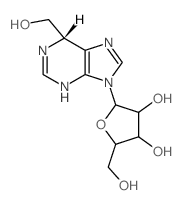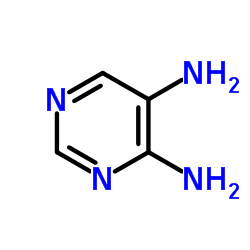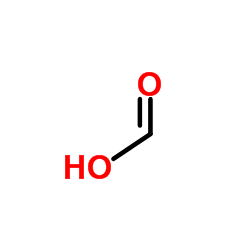550-33-4
| Name | nebularine |
|---|---|
| Synonyms |
PURINE RIBOSIDE
ribosyl-purin Purinosine Ribosyl-isopurine NEBULARINE 6-deaMinoadenosine 9-purineribonucleoside PURINE RIBONUCLEOSIDE ribosylpurine |
| Description | Nebularine is a purine nucleoside analogue. Purine nucleoside analogs have broad antitumor activity targeting indolent lymphoid malignancies. Anticancer mechanisms in this process rely on inhibition of DNA synthesis, induction of apoptosis, etc[1]. |
|---|---|
| Related Catalog | |
| References |
| Density | 1.91g/cm3 |
|---|---|
| Boiling Point | 591.6ºC at 760mmHg |
| Melting Point | 181-182ºC |
| Molecular Formula | C10H12N4O4 |
| Molecular Weight | 252.23 |
| Flash Point | 311.6ºC |
| Exact Mass | 252.08600 |
| PSA | 113.52000 |
| Index of Refraction | 1.837 |
CHEMICAL IDENTIFICATION
HEALTH HAZARD DATAACUTE TOXICITY DATA
|
| Precursor 10 | |
|---|---|
| DownStream 7 | |
| HS Code | 2934999090 |
|---|---|
| Summary | 2934999090. other heterocyclic compounds. VAT:17.0%. Tax rebate rate:13.0%. . MFN tariff:6.5%. General tariff:20.0% |
